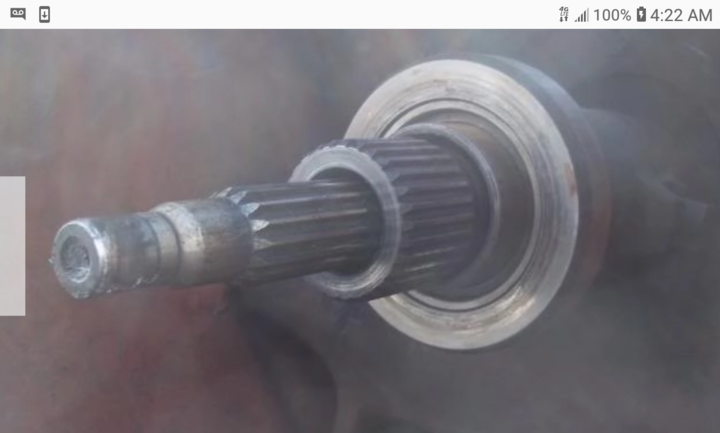Keith True
Well-known Member
I just got out an NAA that I want to sell.I noticed it has a little hydraulic pump that runs off the rear of the main pump,and the tach drive running off the back of that.I see a little hydraulic line that runs back to where the PTO lever would normally be.I'm assuming this is a live PTO setup.Is this a plus? Minus? Or,no big feature on this particular tractor.I had kind of forgotten the previous owner had bought this tractor to restore because it had live power.If it is a worthwhile extra I thought I might blast and paint the tractor before I sell it.



